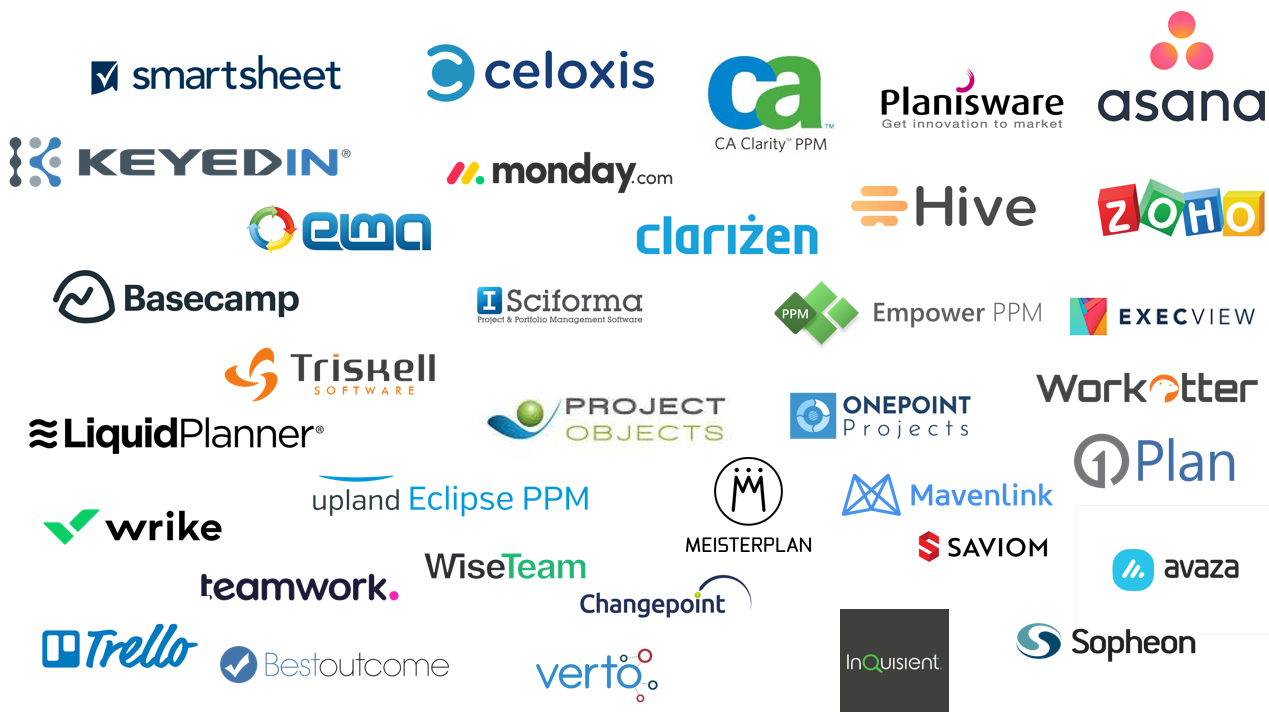In today's dynamic business environment, adaptability and strategic clarity are paramount. Amidst economic uncertainties and fast-changing market conditions, organisations face increasing pressure to survive and thrive. The often-underestimated powerhouse, the Project Management Office (PMO), is central to this resilience and transformation.
The Project Management Office Paradox
The Project Management Office (PMO) is frequently at a crossroads: vital for driving strategic initiatives, yet commonly perceived as a cost centre or administrative burden. According to research, nearly 50% of PMOs feel that leadership does not recognise their contributions. Despite playing a crucial role in project execution, the disconnect between the PMO and C-suite often hinders its potential.
Why is this the case? Many senior leaders continue to view the PMO narrowly, as an entity concerned with templates, processes, and compliance. This limited perception restricts the PMO's influence and overlooks its potential to steer business transformation and innovation.
Projects: The Engine of Strategy
Every organisational transformation happens through projects, whether a digital overhaul, market expansion, or cultural shift. The PMO, therefore, is not just a support function but the engine room of strategic change.
However, the PMO risks being seen as inflexible if it focuses solely on adherence to timelines, scopes, and templates. This perspective can alienate senior executives seeking clear links between project outcomes and business value, cost reduction, efficiency, customer satisfaction, or revenue growth.
Rethinking PMO Success Metrics
Traditionally, PMO performance has been measured by how well it enforces process compliance and meets delivery schedules. However, these internal metrics don't reflect broader business impact. For the PMO to command respect and relevance at the executive level, its success must be redefined.
Instead of reporting only on task completion and budget adherence, the PMO should emphasise return on investment, contribution to strategic goals, efficiency gains, risk mitigation, and increased throughput. The more closely project outcomes align with organisational goals, the more valuable the PMO becomes.
From Enforcer to Enabler
To reach its full potential, the PMO must transition from enforcing standards to enabling strategic outcomes. This requires a metamorphosis that can only happen with active support from the C-suite.
Executives must position the PMO as a business partner, not a compliance body. This means involving PMO leaders in high-level strategic discussions, aligning project portfolios with enterprise goals, and ensuring that resource allocation decisions reflect the company's direction.
When senior leadership visibly sponsors the PMO, it gains credibility and influence. Such sponsorship can help integrate the PMO into the organisation's leadership fabric, enabling it to provide better advice, challenge, and support to teams across departments.
The Role of the C-Suite
The C-suite holds the key to unlocking the PMO's strategic value. Their responsibilities should include:
- Championing the PMO's role in driving business outcomes.
- Actively engaging with PMO leadership to define strategic priorities.
- Sponsoring the PMO to enhance its authority and visibility.
- Providing access to leadership forums to ensure alignment and integration.
- Facilitating communication around desired outcomes and organisational goals.
Senior leaders foster a culture where projects are managed and leveraged for growth, innovation, and competitive advantage by setting the tone at the top.
Leveraging Project Portfolio Management (PPM) Software for Greater Impact
Organisations must invest in robust Project Portfolio Management (PPM) and Project Management Office (PMO) Software to elevate the effectiveness of their PMO. PPM platforms offer robust features that enable the PMO to operate with greater precision and agility:
- Consolidate and streamline project data by aggregating information across teams and departments.
- Enhance visibility through real-time dashboards and project analytics.
- Automate workflows by simplifying reporting processes and reducing manual tasks.
- Integrate AI-driven insights by collecting structured project data, enabling predictive and analytical capabilities.
Key Benefits of PPM Software
By utilising these advanced PPM features, PMOs can drive transformative outcomes with PPM Software:
- Strategic alignment: Prioritise initiatives that align with broader organisational goals.
- Proactive decision-making: Use data-driven roadmaps to guide project execution.
- Reduced risk: Identify potential issues early through better project visibility and forecasting.
- Cost efficiency: Optimise resource allocation to minimise project costs.
- Predictable throughput: Improve delivery timelines with consistent, data-driven project planning.
- Enhanced stakeholder trust: Deliver reliable updates and successful outcomes, fostering greater confidence across the enterprise.
How AI-Integrated PPM Software Further Enhances PMO Success
AI-powered Project Portfolio Management (PPM) software allows PMOs to harness predictive analytics to identify trends and risks before they escalate. This AI capability empowers PMOs to make smarter, faster decisions while enabling the business to become more agile, resilient, and competitive in a fast-evolving market.
Overcoming Resistance to Technology
While modern business intelligence tools offer tremendous value, senior leaders often hesitate to embrace them fully. Many prefer monthly slide decks over interactive dashboards. However, executives must be willing to evolve their habits to foster agility and responsiveness.
Self-service reporting capabilities reduce the reporting burden on PMO teams and provide leadership with timely insights. By clearly defining reporting expectations and working with the PMO to fine-tune these dashboards, the C-suite ensures that the surfaced data is relevant, timely, and actionable.
Strategic Partnership, Not Service Bureau
A mature PMO does not exist in a silo, nor does it serve only the operational side of the business. Instead, it partners with executives to shape and deliver the organisation's future. This partnership depends on mutual understanding: the PMO must understand strategic goals, and leadership must understand project realities.
This means establishing an ongoing dialogue between the PMO and executive sponsors. It involves regular feedback loops, shared accountability for outcomes, and joint ownership of transformation agendas.
Such integration ensures that the strategy isn't lost in translation at the execution level. It also reinforces the PMO's credibility, making it a go-to advisor for scaling initiatives, managing change, and mitigating risks.
A Journey of Transformation
Evolving the PMO from an administrative body into a strategic driver is not a one-off effort. It's a journey that requires:
- Commitment: from leadership to champion the PMO's role.
- Collaboration: between departments, teams, and leadership.
- Capability: in the form of skilled personnel and PMO software.
The transformation may be challenging, but the rewards are significant. Organisations that have elevated their PMOs report improved alignment between strategy and execution, faster time-to-value, and stronger competitive positioning.
The PMO as a Strategic Asset
When fully enabled, the PMO becomes more than a process hub—it becomes a critical driver of business success. It helps organisations:
- Stay agile in uncertain times.
- Turn ideas into action.
- Optimise resource use.
- Innovate with purpose.
- Achieve outcomes that matter.
In short, the PMO is the engine that powers strategy. But it can only perform this role if the C-suite embraces, equips, and elevates it.
Final Thoughts
In today's fast-paced world, where relentless change demands near-flawless execution, the PMO is not just a luxury—it's mission-critical. Its true potential, however, remains locked unless senior leaders champion its cause. Beyond daily operations, the PMO catalyses strategic alignment, a driver of performance, and a lever for achieving a sustained competitive advantage.
The power of the PMO lies not in its processes but in the people who empower it. Senior leaders hold the key to unlocking this potential.
Ready to transform your PMO?
Empower your team to thrive amidst change with Power Framework. Book a demo and see how smarter project management starts today.




